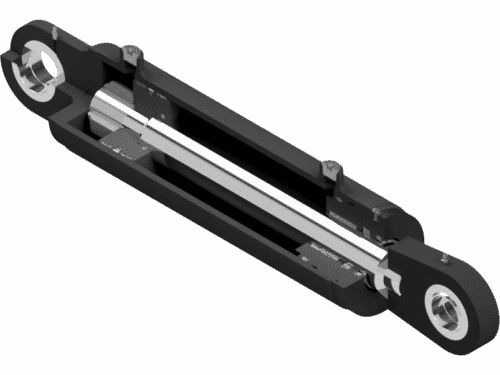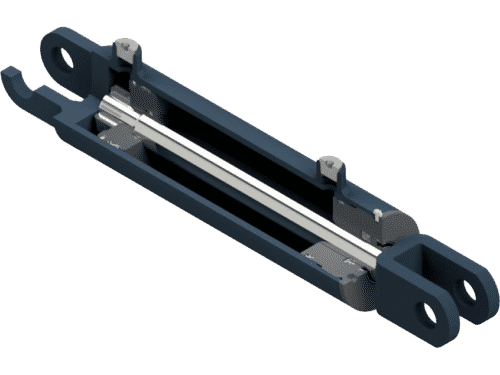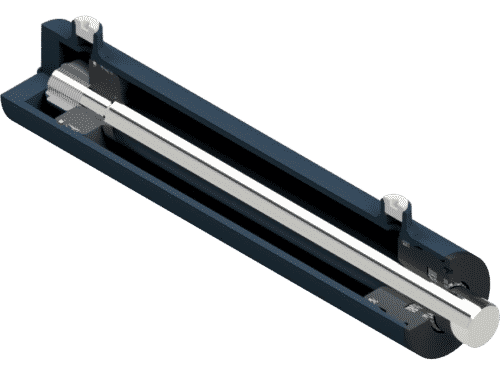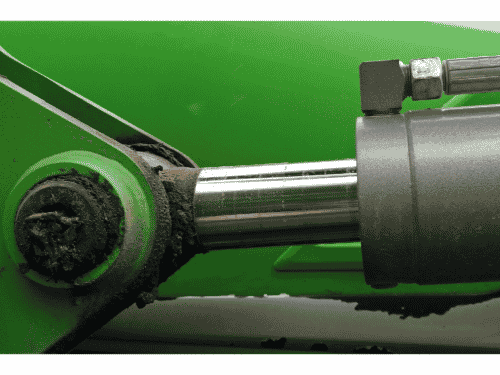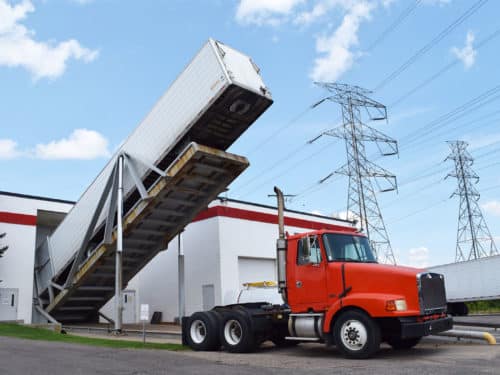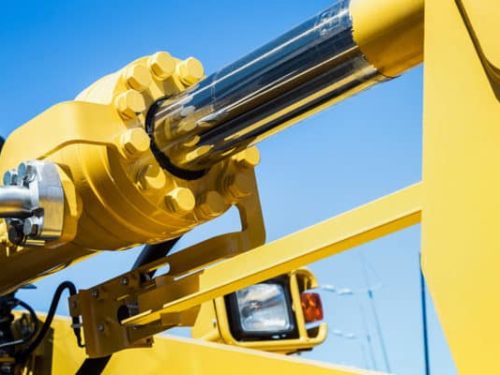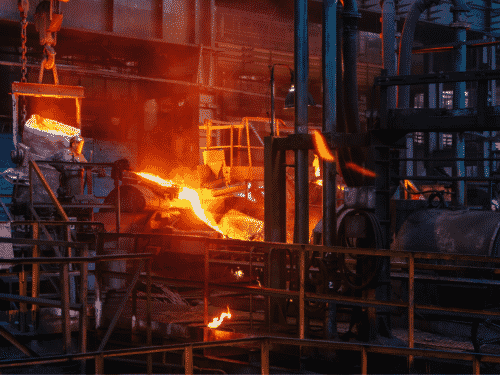You will have to worry less about maintenance and premature wear if you choose a hydraulic cylinder made to handle your application. With a rugged design and several technical advantages, a welded rod cylinder is often the best choice for heavy-duty mobile equipment.
The Benefits of Welded Hydraulic Cylinders
Welded rod cylinders have the flanges and end caps welded directly to the cylinder barrel. Seals, fittings, and other parts are often welded to the cylinder are well. This design is more complex than a tie-rod cylinder and repairs might take longer. But the extra time is well worth it when you consider the overall benefits of welded hydraulic cylinders.
Compact and Rugged
One significant benefit of welded rod hydraulic cylinders is the light and compact design. But even with this slim design, the durable welded construction makes them ideal for heavy-duty applications and harsh environments. Having a low profile also appeals to OEMs concerned with equipment aesthetics.
Withstands High Pressure and Heavy Loads
The ability to handle moderate to heavy loads means you can use welded rod cylinders in the most rugged applications Highly durable welded hydraulic cylinders perform well in high-pressure applications like energy production and in marine and offshore environments.
Reduced Maintenance and Longer Service Life
Welded hydraulic cylinders are not prone to stretching and other tie-rod specific types of failure. When cared for properly, you can count on a longer operating life than other hydraulic cylinders.
Versatile and Highly Customizable
Welded rod cylinders are versatile enough for any mobile equipment type or application. The design is also easily customized to meet specific technical requirements.
Factors in Specifying a Custom Welded Cylinder
After deciding on a welded rod cylinder, you need to consider other important factors in your design. Working with an engineer helps ensure each custom welded rod cylinder specification matches your application and equipment requirements:
- Force requirements: The amount of force required to move and push a load depends on your application.
- Bore size: The cylinder diameter and stroke length determine the bore size needed.
- Piston rod size: This specification is critical in preventing buckling, bending, and other types of stress that lead to premature wear.
- Stroke length: With a range of a few inches to several feet, the stroke length determines how far your cylinder can travel.
- Single-acting or double-acting: Single-acting cylinders work for most mobile equipment, but platform trucks and similar equipment require a double-acting cylinder design.
- Materials: Corrosion significantly shortens the life of cylinders and seals. Make sure the materials chosen can withstand the operating environment.
- Operating environment: Consider the operating temperature and potential exposure to contaminants and corrosive substances when choosing cylinder materials.
Aggressive Hydraulics provides custom hydraulic cylinders for all industries and equipment types. Our Purpose-Built™ hydraulic cylinders are designed and manufactured in America with quality materials to meet your performance needs. Contact us at 866-406-4100 to speak with an engineer.
